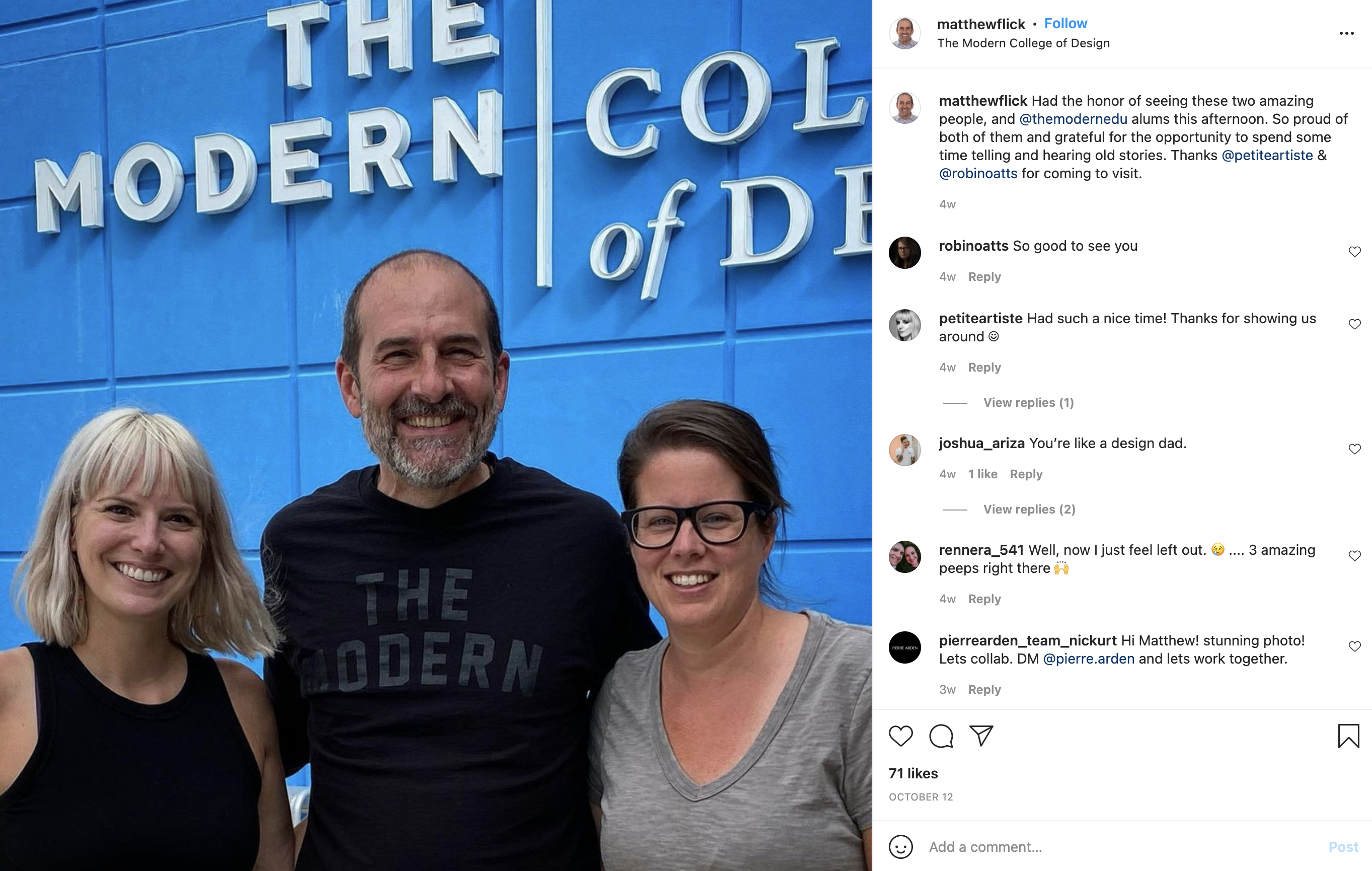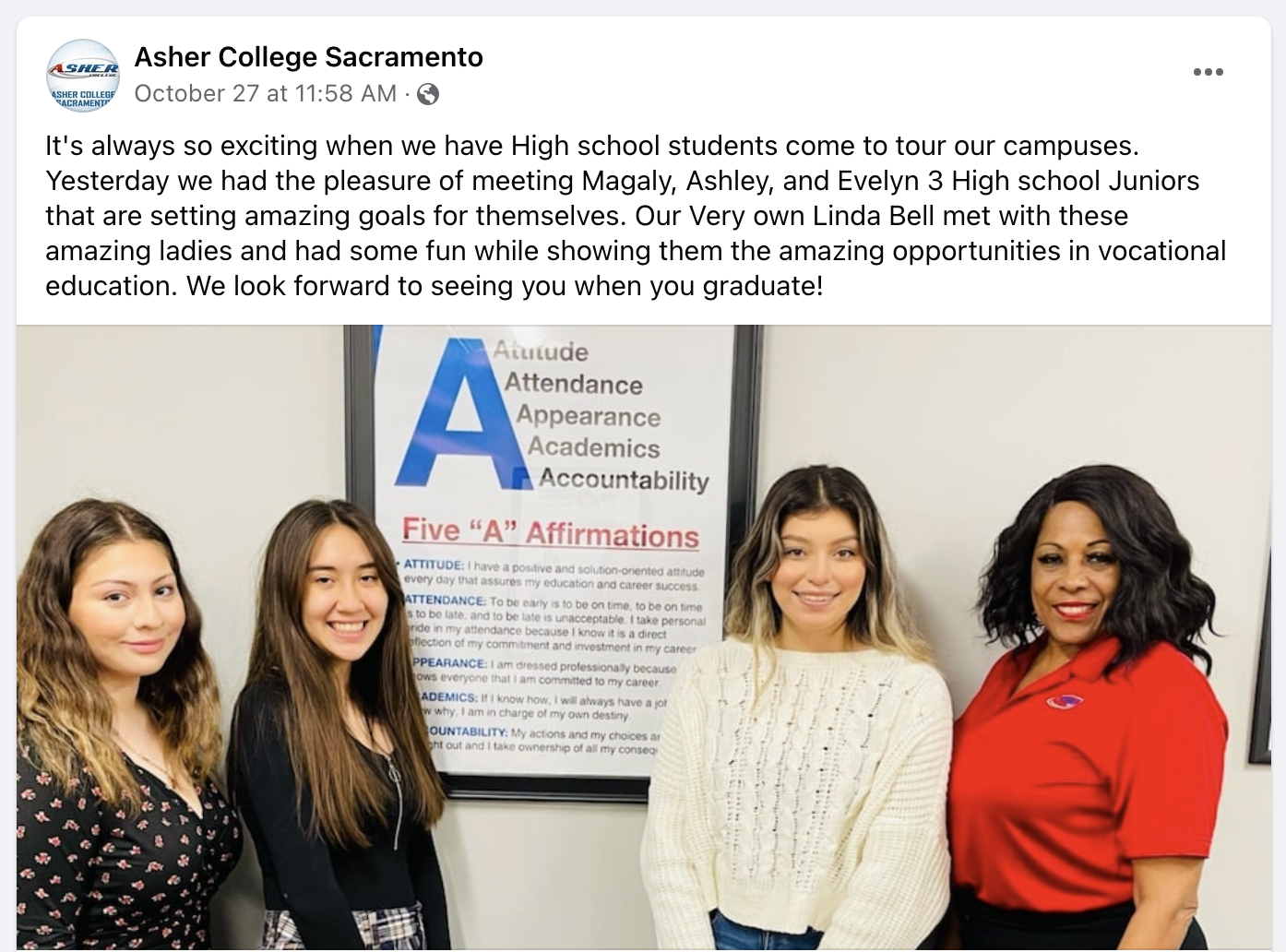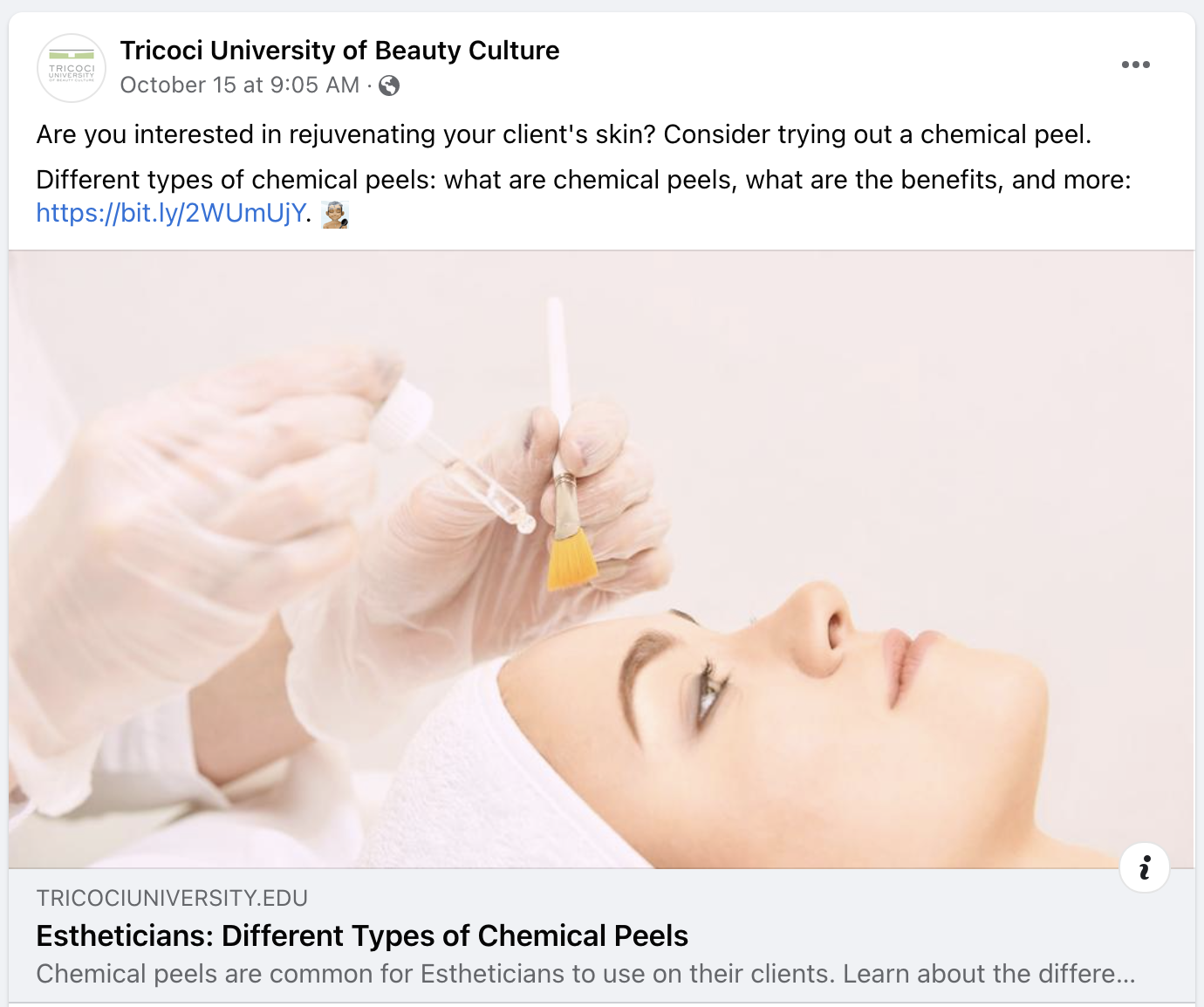The traditional academic path to “adulthood” generally goes: graduate high school, go to college, and get a job.
But in these changing times, high school graduates look at the next phase of their lives in various ways.
While heading to college after high school is still the preferred option for many students, there’s been a steadily growing interest in several other post-high school options, including the military, vocational schools, paid apprenticeships, and entering the workforce.
Today’s high school students also appear to be much more comfortable with taking time after high school to explore their options. For many, that means taking a gap year, traveling, or spending time volunteering for causes they care deeply about.
In fact, the number of Americans who consider college to be very important steadily decreased from 70% in 2013 to just over 50% in 2019.
Gallup
Additional surveys indicated Covid-19 shutdowns have further lowered public confidence in the importance of attending college after graduating from high school.
Shifting marketing resources to meet a changing world
Higher education institutions spend a significant amount of time, effort, and money marketing their programs to those considered “non-traditional” students.
However, considering the recent downturn in annual college enrollment numbers, most colleges and universities have found themselves increasing the proportional share of their marketing budget typically earmarked for traditional recruitment of high school students. In other words, many colleges and universities are finding it more and more difficult to connect with and recruit their traditional Generetion Z core audience.”
Consider A 2019 report by the National Student Clearinghouse Research Center which showed college enrollment of “traditional students” has decreased by 13% over the last 10 years. This downward trend is expected to see an additional 15% decrease over the next four years, in large part, a result of the COVID-19 pandemic.
Given the continuing trend of declining student enrollment, the negative effects of COVID-19, and the rapidly shifting views surrounding the importance of attending college right after high school, colleges and universities find themselves not only allocating additional time, resources, and funding toward recruiting today’s high school students, but also trying to connect with these students in new and effective ways.
Effective digital marketing strategies to reach high school students
Marketing your college or university to high school students requires that you know your students and go where they are. To put it very simply, your prospective students are online and mobile!
86% of today’s high school students own an iPhone and spend anywhere from 6 to 9 hours each day using it!
1. Understand what today’s prospective students care about
From a prospective college student’s point of view, deciding on a college or university is really about finding a school that’s right for them. When marketing to your future prospects, it’s essential to understand what they care about most. For some students, the right fit is about future opportunities and career viability, while for others it’s about finding a supporting culture with values similar to their own. For others still, it all comes down to the tuition and fees.
The point is colleges and universities need to show students all of the exciting opportunities their campuses have to offer them. To do this effectively, higher education organizations need to create and fine-tune the messaging surrounding the value they offer while also using a variety of ways to communicate with them.
2. Leverage the influence of high profile and successful alumni

Remember, students watch more than they read. In many cases, the benefits offered by your institution are best conveyed by alumni. High-profile alumni, like actors, singers, professional athletes, and even social media influencers, are an added bonus!
Work closely with your alumni networks to identify former graduates who are willing to be brand ambassadors for your university, then use the power of name and brand recognition by mentioning the achievements of alumni in your content efforts.
When possible, take this opportunity to the next level by partnering with high-profile alumni to endorse your school in your marketing campaigns.
3. Harness the power of the right social media platforms
Many colleges don’t recognize students rely on social media as an integral part of their college search process. Students spend an average of 5 to 7 hours a day engaged in online entertainment, with the majority of this time spent on social media.

The social media channels teens use today constantly evolves. It’s important to point out, when researching colleges, today’s incoming college students use a variety of social media platforms that are very different from the ones they use for daily entertainment purposes.
For example, according to the RNL 2021 High School E-Expectation report, up until last year, Facebook and YouTube continued to be the primary social media platforms students considered most useful for college planning. However, in the last year, high school students report that Instagram has become the preferred social media platform for their college search needs.
In addition, while teens tend to use Snapchat, Instagram, YouTube, and TikTok for their daily entertainment purposes, they prefer to use Instagram, YouTube, Facebook, and Twitter as part of their college search process.
4. Publish useful content
As important as it is to use the right social media platform, it’s equally important to post the content your prospects are looking for. Prospective students report social media platforms are most helpful when they are initially trying to learn more about a college and right after they’ve read about the college on a website or from something they’ve received in the mail.
The most compelling social media content, according to high school seniors graduating in 2021, includes photos, videos, student takeovers, invitations to virtual activities, and livestream events.

While livestream events appear slightly lower on the list of the most compelling social media content, it’s important to point out the number of students who report watching livestream events from colleges and universities has doubled over the last two years—a clear sign of the growing importance of live streaming as an effective tool for introducing your campus to interested students.
5. Follow up the way your prospects prefer
As we learn more about what the post-pandemic world looks like, it’s evident parents and students are going to require a combination of virtual and in-person communication. Considering this, it’s imperative to provide students and their families with simple and convenient ways to communicate with the college admissions office.
While virtual meetings over platforms like Zoom are effective ways to meet and interact with families, surveys of high school seniors show that sending and receiving emails with admissions advisors, especially if the email offers videos, surveys, and other interactive tools, remains their preferred method of communication.
Interestingly, 90% of students also indicate they are open to using text messaging as a way to communicate before, during, and after the enrollment process. Additionally, live chat features are becoming increasingly popular, with 80% of students reporting that they find live chats to be helpful in learning more about a school.
Build relationships with your future students
Transitioning your marketing strategy to include proven digital strategies specifically designed to build interactive relationships with prospective high school students and their families is an essential step in meeting the enrollment goals of your college or university.









